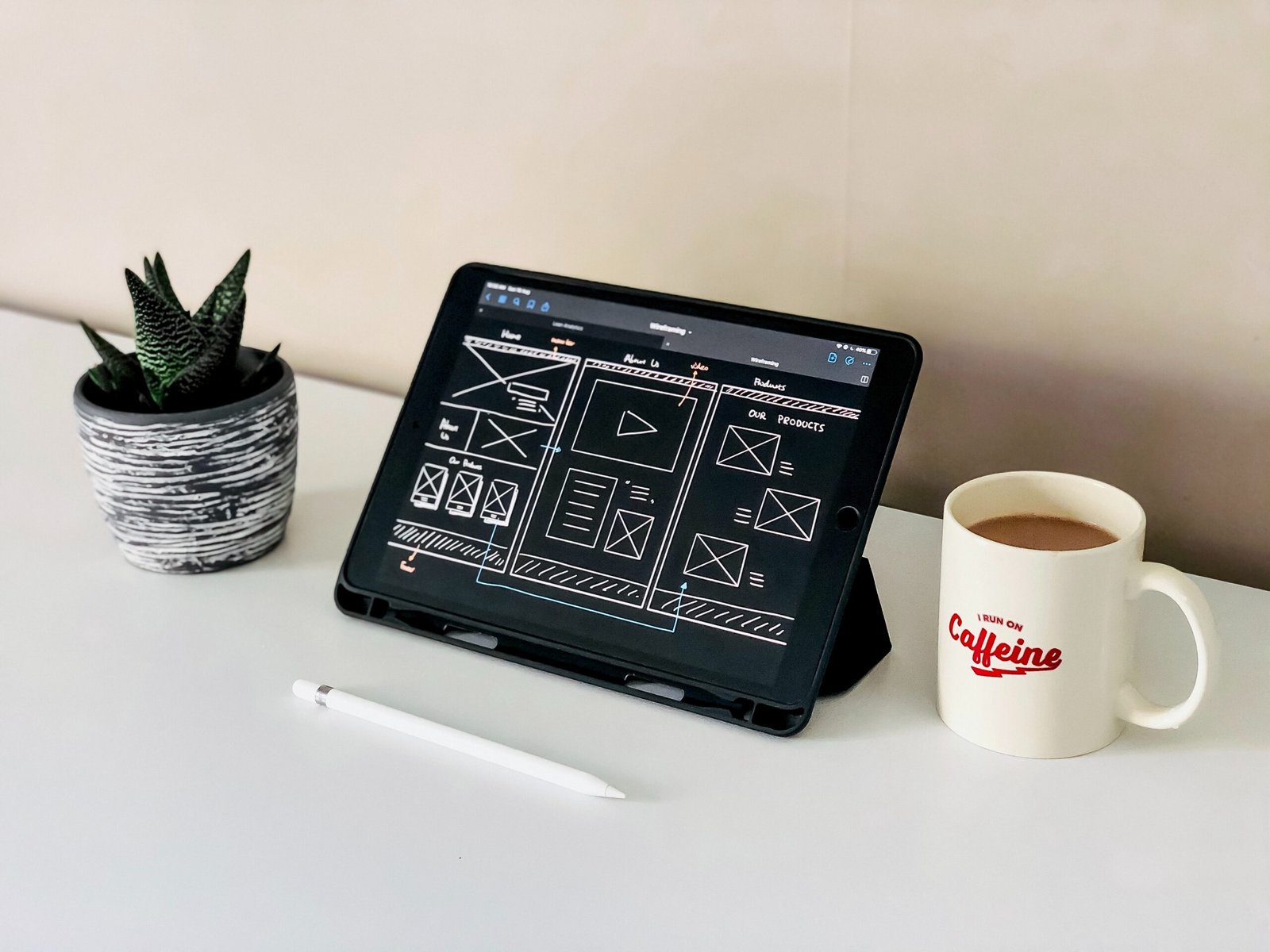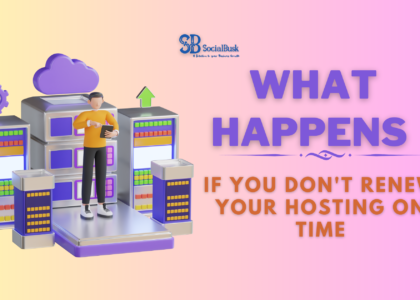Introduction
When it comes to designing a website, every element plays a crucial role in providing a seamless user experience. While the header and main content area often receive most of the attention, the website footer design is equally important and should not be overlooked.
Why is the website footer important?
The website footer is the section that appears at the bottom of every webpage. It may seem like a small detail, but it serves several important purposes:
- Navigation: The footer provides an additional navigation option, allowing users to easily find important pages or sections of the website.
- Contact Information: Businesses can use the footer to display their contact details, making it easy for visitors to get in touch.
- Legal Information: Important legal information such as privacy policies, terms of service, and copyright notices can be included in the footer.
- Branding: The footer is a great place to reinforce your brand by including your logo, tagline, or other brand elements.
Best practices for an effective website footer design
Now that we understand the importance of the website footer, let’s explore some best practices for creating an effective design:
1. Keep it simple and clutter-free
A cluttered footer can overwhelm visitors and distract them from important information. Keep the design simple with clean lines and ample white space.
2. Include essential navigation links
Include important navigation links in the footer to make it easier for users to find key pages. This could include links to the home page, about us, services, and contact information.
3. Optimize for mobile
With the increasing use of mobile devices, it’s crucial to ensure your footer is optimized for smaller screens. Test the design on various devices to ensure it remains user-friendly.
4. Utilize icons and social media links
Icons can be used to make the footer visually appealing and intuitive. Additionally, including social media links in the footer can help drive engagement and increase your online presence.
5. Design a call-to-action
At the end of your website footer, design a compelling call-to-action (CTA) that encourages visitors to take the next step. This could be a button prompting them to book a call or schedule a consultation.
Conclusion
Creating an effective website footer design is essential for providing a seamless user experience and enhancing your brand’s online presence. By following the best practices outlined in this guide, you can design a footer that not only looks great but also serves its purpose effectively. So, what are you waiting for? Start revamping your website footer today and take your online presence to new heights!
Book a call with us now to create a professional website for your business!







Your language learning tips are a lifesaver! Your practical approach and encouragement make the journey to fluency feel less daunting. Danke schön!